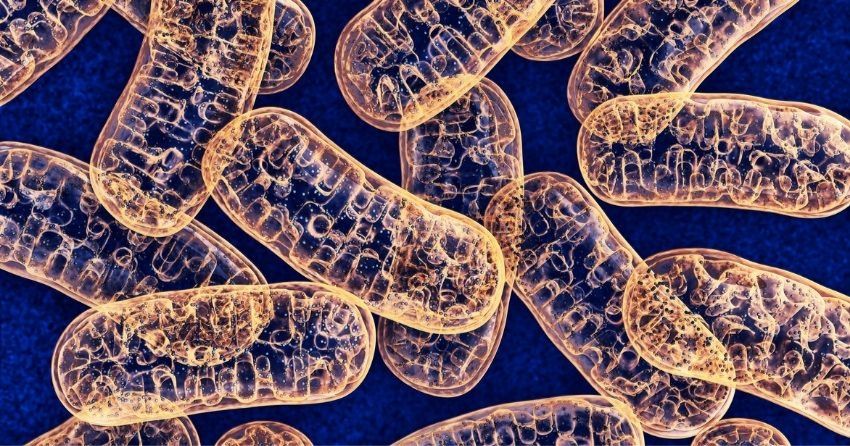Researchers Succeed in Mitochondrial Transplant to Animal Liver Cells

-
For the first time, researchers succeed in delivering mitochondria to a specific cell in living animals.
-
Mitochondria were attached to a carrier protein which facilitated the release of the mitochondria into the liver cells specifically.
-
Damaged mitochondria are a leading cause of liver failure; this treatment could help to repair damaged livers to avoid needing transplants.
This article was posted on UConn Today News:
University of Connecticut researcher Dr. George Wu recently published a paper in the Journal of Gastroenterology and Hepatology outlining his successful experiment delivering mitochondria to liver cells.
This groundbreaking experiment marks the first time researchers have ever successfully introduced mitochondria into specific cells in living animals.
Mitochondria generate energy from the conversion of fatty acids and carbohydrates to carbon dioxide and water, powering cells throughout the body. There is a significant link between mitochondrial damage and various liver diseases. When mitochondria are damaged, they cannot provide the liver with enough energy to function normally. This results in liver cell death and liver failure.
Currently, the only treatment for liver failure is a complete organ transplant. Surgeons perform approximately 8,000 liver transplants per year in the United States, but because of a shortage of donor livers, thousands more people on the waitlist for a transplant will die before receiving one.
Using their knowledge of a well-characterized receptor on the liver, Wu and his team previously showed mitochondria can be coated with certain carrier proteins which lead the liver to recognize them and take them up. These proteins have exposed galactose, a kind of sugar, on their surface. The galactose acts as a signal for the liver to internalize that protein.
"We took advantage of a normal, natural mechanism," Wu says.
This paper finds that healthy mitochondrial complexes can be delivered to the livers of living rats through simple intravenous injection.
The team harvested mitochondria from mouse specimens. The mitochondria were mixed with a protein carrier and purified to form complexes which could be taken into the liver.
Along with the mitochondria, Wu injected a peptide which facilitated the release of the mitochondria once they reached the cells. This peptide allowed the mitochondria to be taken up into the liver cells' cytoplasm rather than digested, which is what the liver does to most molecules it internalizes.
"If you don't have that, mitochondria might be targeted to liver cells, but they would be destroyed," Wu says.
At the end of the experiment, Wu and his colleagues found approximately 27% of the total injected mitochondria were detected in the liver, a significant proportion for therapeutic use.
Less than 2% were found in the spleen and less than 1% in the lungs, suggesting the uptake was not random and evenly distributed throughout all organs. In other words, the researchers were successful in creating a protein coating that made mitochondria specifically identifiable and internalized by the liver.
The achievement was far from a foregone conclusion, since mitochondria do not normally travel through the blood stream. The many potentially lethal obstacles made it a harrowing journey to the liver by way of veins to the heart, the lungs, and finally through arteries to the liver and the rest of the body. The coated mitochondria were apparently able to survive contact with blood cells, blood proteins, narrow blood vessels, and potential attacks from the immune system.
"To me, it's rather amazing that we could detect any donor mitochondria at all," Wu says. "When you consider all the obstacles that could get in the way."
While this experiment only measured the short-term effects of mitochondrial transplant, there are potential long-term benefits.
Mitochondria have their own DNA and RNA, meaning they can reproduce independently of the rest of the cell. The transplanted mitochondria may replicate with the cells during cell division.
All cells have a certain number of mitochondria they need to sustain their activities. Wu speculates that cells may gradually eliminate the damaged mitochondria as the healthy, donor mitochondria increase in number until they have the proper number of healthy mitochondria.
The next step for this research is to test the method with rats who have mitochondrial liver damage. This will display clinical relevance for potentially developing this technique for treatment of liver diseases.
This process has the potential to address a serious gap in treatment for liver diseases. It may even eventually be used to treat other maladies throughout the body affected by mitochondrial malfunction or damage.This study was published in the Journal of Gastroenterology and Hepatology in May 2020.





